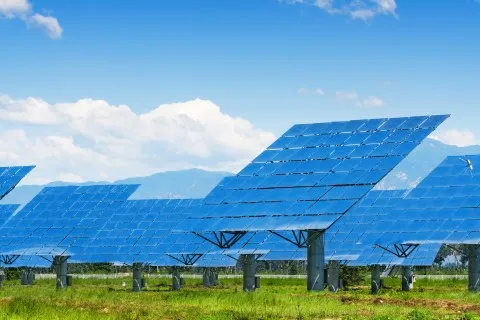
India's Jharkhand renewables agency predicted to fail in hitting 1,200MW target
Tariffs will likely be renegotiated.
In the second half of 2015, Jharkhand Renewable Energy Department (JREDA) had announced India’s then largest tender for allocation of 1,200 MW of ground mounted, grid connected solar projects, according to Bridge to India.
The tender size was so large as to meet over 90% of the state’s peak power consumption and over 20% of its overall power requirement. Despite this and the state being power surplus, the tender was subscribed by over two times.
As maintained by Bridge to India at the time, it makes no sense for the state to procure 1,200 MW of solar capacity.
Here's more from Bridge to India:
As expected, Jharkhand Bijli Vitran Nigam Limited, the state power distribution company (DISCOM) has been dragging its feet and has not signed a single PPA so far, ten months after opening the bids.
As the state continues to delay signing PPAs, solar tariffs have fallen substantially across India. This makes it increasingly unlikely that Jharkhand DISCOM will sign PPAs at bid tariffs of between INR 5.08 - 7.95 (US¢ 7.7 - 11.7)/ kWh.
We expect that it will seek to renegotiate tariffs and sign much less than the planned 1,200 MW capacity. There have been multiple such precedences in other states including Andhra Pradesh, Madhya Pradesh and Haryana.
A somewhat similar point can be made about the ambitious quantum of solar capacity being developed in many southern states. Karnataka and Andhra Pradesh both need to add around 5GW by 2022, but the two states have already built total installed plus pipeline capacity of 5 GW and 4.1 GW respectively.
Such rapid ramp up of solar capacity increases the risk of grid failures and curtailment that may critically hamper sustained growth of renewable power in the country.
Solar capacity addition has been more than doubling every year in India aided by strong government support and falling costs/ tariffs. The Government of India has prescribed yearly capacity addition targets for states in line with their respective Renewable Purchase Obligation (RPO) requirements.
But actual implementation across states has been uneven and haphazard. Derailment of one or two tenders does not do much harm to the sector. But such events highlight the huge need for improvement in conceptualisation and implementation of state policies and tenders.











 Advertise
Advertise











